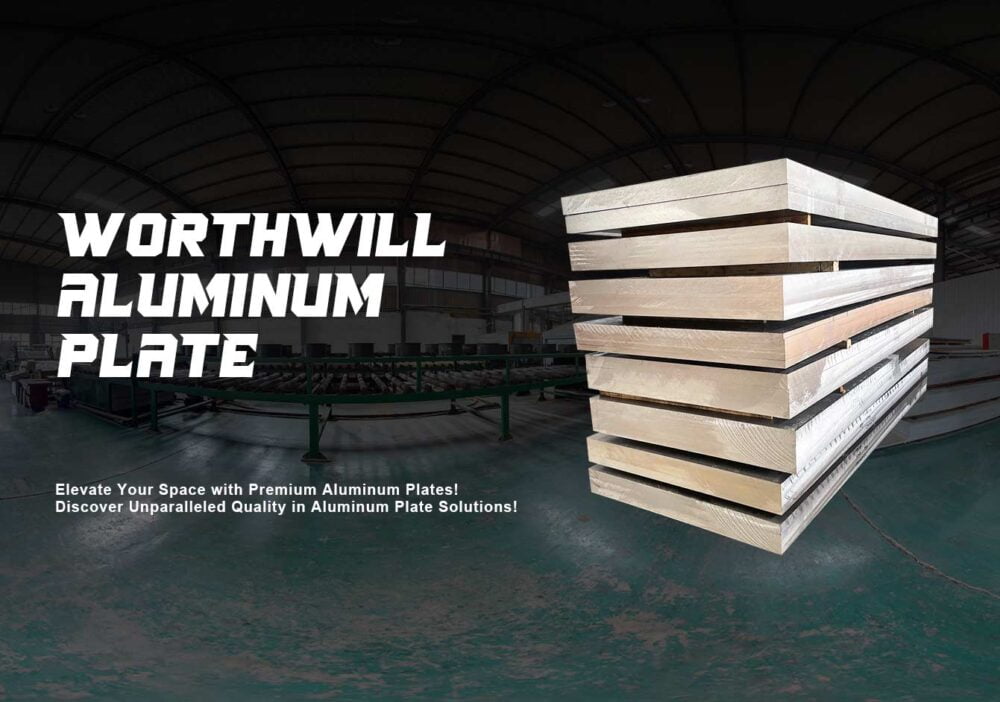Heat Treatment of 3005 Aluminum Plate
In the realm of aluminum alloys, the 3005 aluminum plate is highly regarded for its excellent combination of strength, formability, and corrosion resistance. To enhance its properties and optimize its performance, heat treatment processes are commonly employed. In this article, we will delve into the heat treatment techniques applied to 3005 aluminum plates, exploring their benefits and providing insights into the optimal heat treatment practices.


1.Understanding Heat Treatment:
Heat treatment is a controlled process that involves heating and cooling a material, such as the 3005 aluminum plate, to alter its physical and mechanical properties. By subjecting the aluminum alloy to specific heat treatment procedures, we can enhance its strength, hardness, ductility, and other desirable characteristics.
2.Types of Heat Treatment for 3005 Aluminum Plate:
There are several heat treatment methods commonly used for 3005 aluminum plates. The most prominent ones include:
a. Annealing:
Annealing is a softening process that improves the formability and machinability of the aluminum plate. By heating the 3005 alloy to a specific temperature and then gradually cooling it, internal stresses are relieved, resulting in increased ductility and reduced brittleness.
b. Solution Heat Treatment:
Solution heat treatment involves heating the 3005 aluminum plate to a high temperature, typically within the range of 500 to 550°C (932 to 1022°F), followed by rapid quenching in water or other cooling mediums. This process dissolves the alloying elements and promotes a homogeneous solid solution, enhancing the strength and corrosion resistance of the material.
c. Aging:
Aging is a crucial step that follows solution heat treatment. It involves subjecting the 3005 aluminum plate to a lower temperature, typically around 120 to 180°C (248 to 356°F), for a specific duration. This precipitation hardening process forms fine precipitates within the alloy, further enhancing its strength, hardness, and resistance to deformation.


3.Benefits of Heat Treatment for 3005 Aluminum Plate:
By undergoing proper heat treatment,3005 aluminum plates can achieve the following advantages:
a. Improved Mechanical Properties:
Heat treatment enhances the material’s strength, hardness, and toughness, making it suitable for various applications that demand structural integrity and durability.
b. Enhanced Formability:
Annealing and solution heat treatment processes optimize the formability of 3005 aluminum plates, enabling easier manipulation and shaping without compromising the material’s properties.
c. Increased Corrosion Resistance:
Through the precipitation hardening mechanism, heat-treated 3005 aluminum plates exhibit superior resistance to corrosion, ensuring longevity and reliability in corrosive environments.
4.Optimizing Heat Treatment Practices:
To achieve the best results from heat treatment on 3005 aluminum plates, it is essential to consider the following factors:
a. Temperature Control:
Precise control of the heating and cooling temperatures is crucial to avoid excessive grain growth or insufficient strengthening.
b. Time and Soaking:
The duration of each heat treatment stage, including solution heat treatment and aging, should be carefully determined to promote adequate diffusion and precipitation.
c. Quenching Medium:
Selecting the appropriate quenching medium, such as water or air, is essential to achieve the desired material properties.


Heat treatment plays a vital role in optimizing the properties of 3005 aluminum plates, enabling them to meet various application requirements. By employing annealing, solution heat treatment, and aging techniques, the mechanical strength, formability, and corrosion resistance of the material can be significantly enhanced. Adhering to proper heat treatment practices ensures the production of high-quality 3005 aluminum plates that are capable of withstanding demanding environments and delivering exceptional performance.

